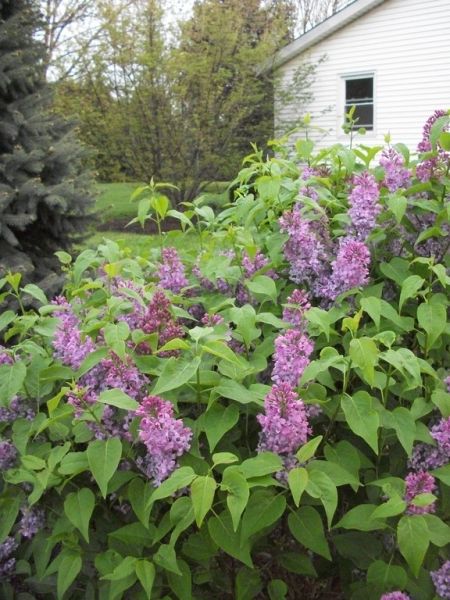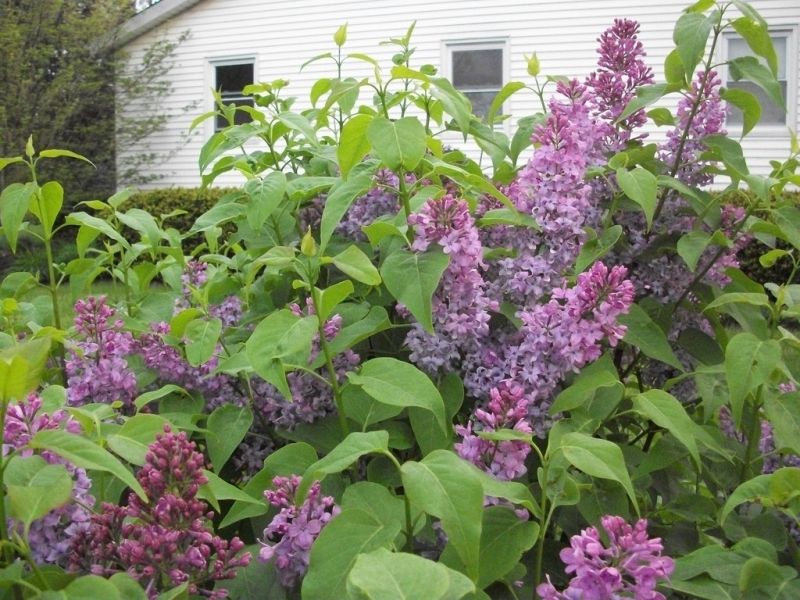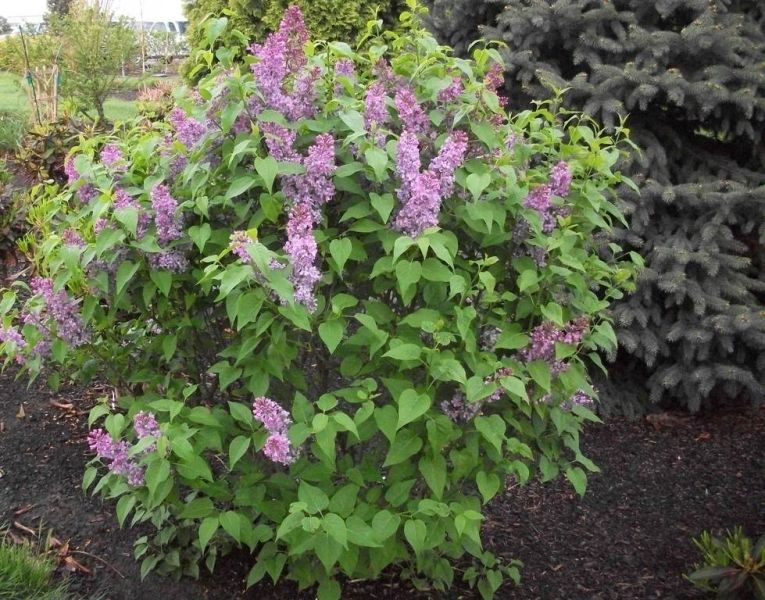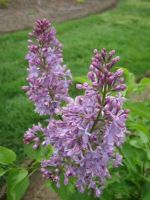Syringa vulgaris Tiny Dancer™
Large, intensely fragrant, lavender blooms on a compact, mildew resistant plant.
Through the fragrance of Tiny Dancer™ past meets future with a memorable scent. Too long considered a leggy plant for old-fashioned gardens, this lilac has a compact form, making it ideal anywhere hard-working, independent plants are needed. In addition to the cold-hardiness expected from a lilac, Tiny Dancer™ boasts remarkable heat tolerance, growing and blooming where few lilacs have gone before. Even in Zone 8, violet-purple buds open into lavender flowers, ranking it among the dogwoods and azaleas as a benchmark of spring. Large panicles measure 4 to 5 inches, and the large florets make each cluster appear luxuriously full. Foliage and flowers are in perfect scale, one complementing the other. You know the feeling when everything is right about a plant. It exudes quality. That is our Tiny Dancer™ and we are happy to bring it to you, one of the best new plants for today’s garden.
Who Am I?
- Common Name:Tiny Dancer Lilac
- Botanical Name:Syringa vulgaris 'Elsdancer'
- Type:Shrub
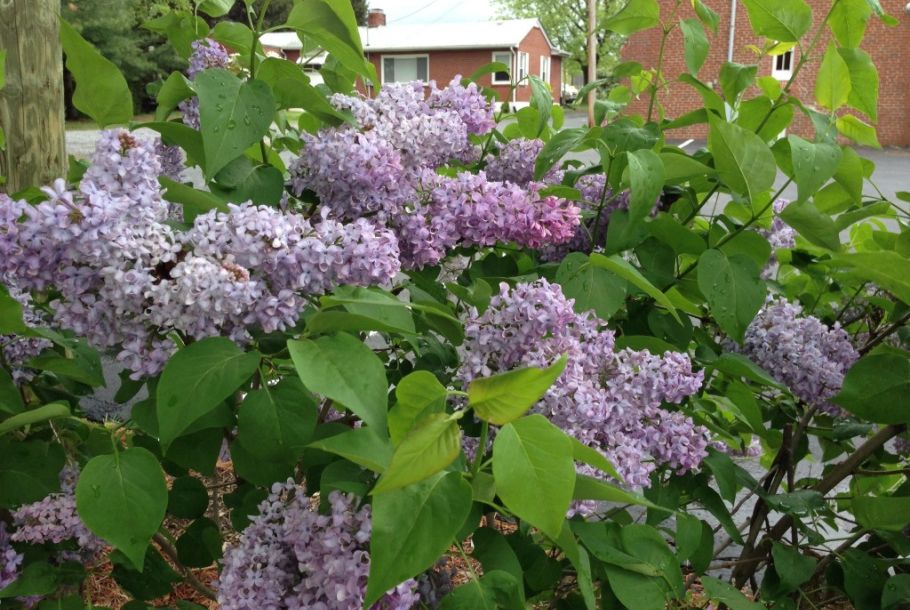
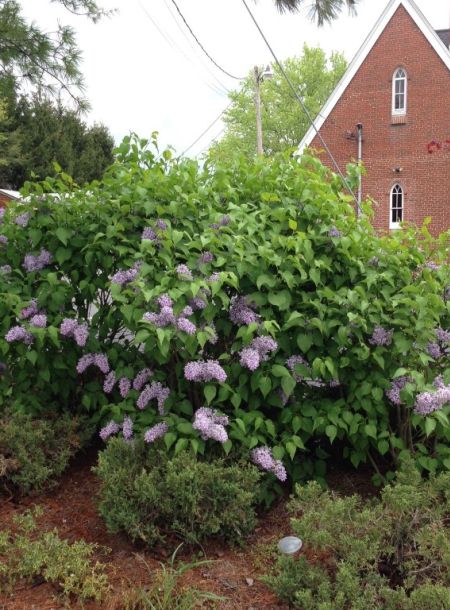
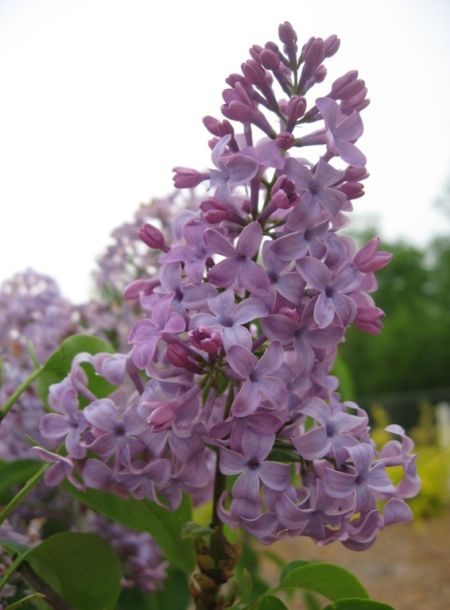
Cultural Details
TYPE
- Light:Full sun to partial shade
- Soil:Average garden soil
- Moisture:moist, but well drained
- Hardiness Zone4-8
- Bloom Time:May-June
- Bloom Color:Lavender
- Size:4-5′ tall by 3-4′ wide
- Diseases & Pests:None known
